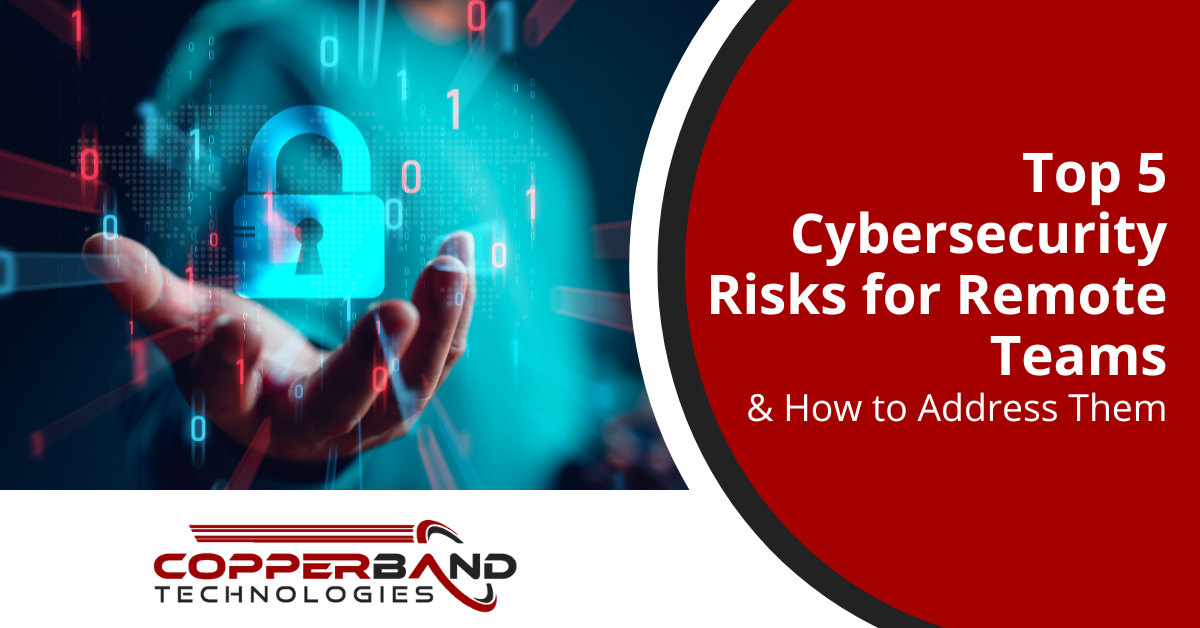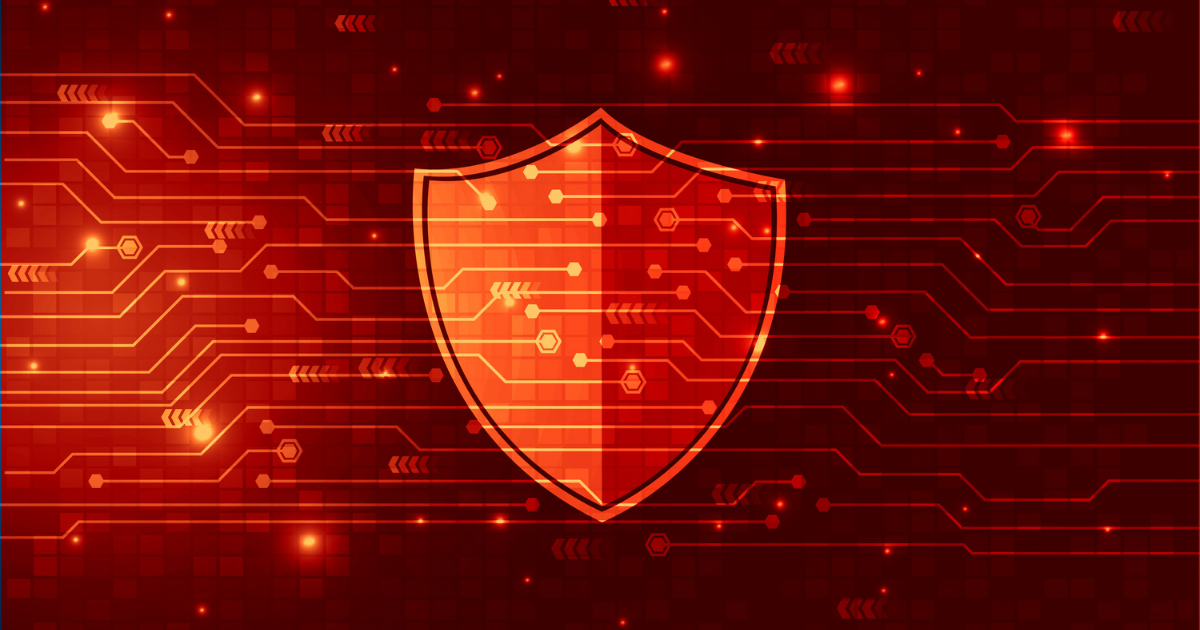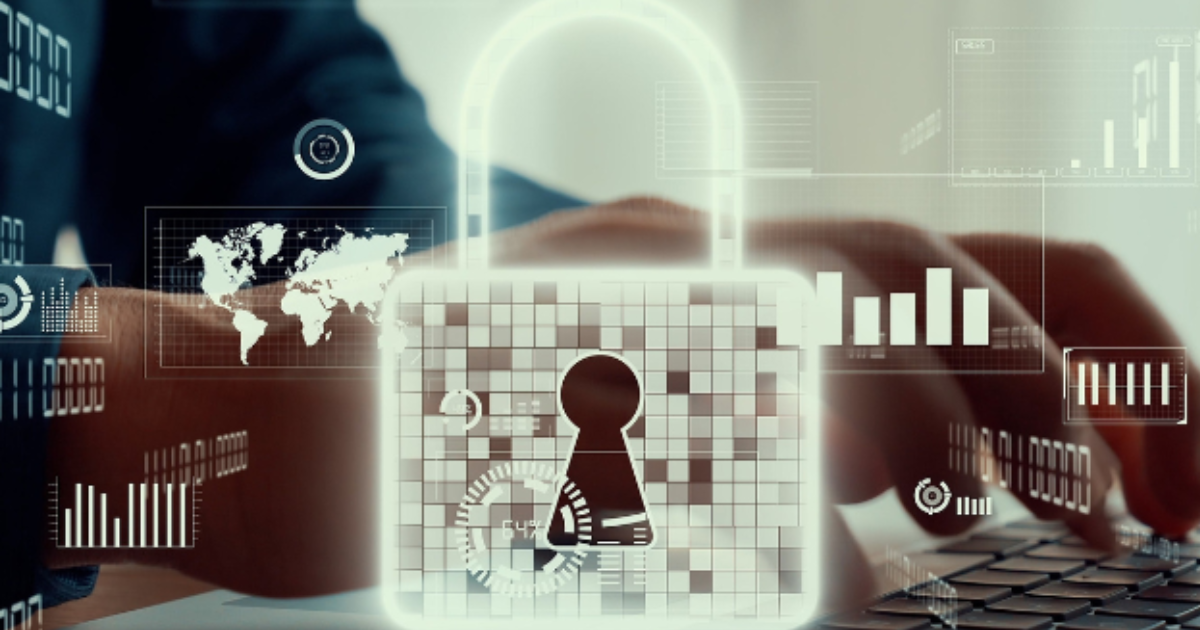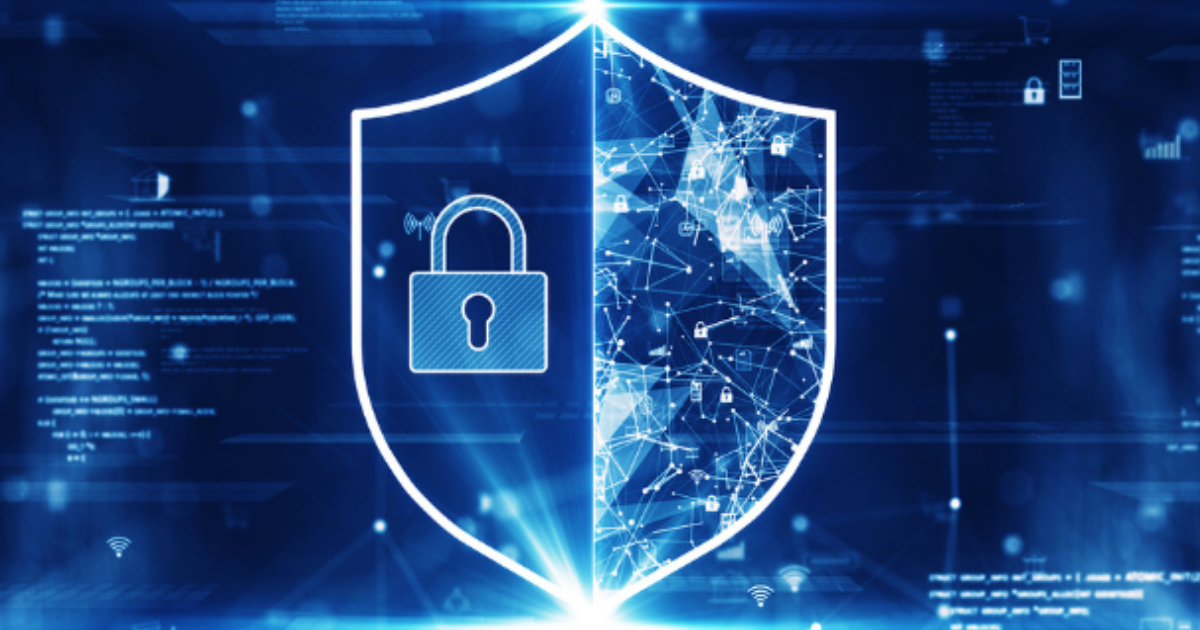Top 5 Cybersecurity Risks for Remote Teams & How to Address Them

With the increasing trend of remote work, organizations face a multitude of cybersecurity risks that demand immediate attention and proactive measures. The shift to remote teams introduces unique challenges in maintaining a secure work environment and protecting sensitive data.
In this article, we’ll discuss the top cybersecurity risks encountered by remote teams and provide in-depth strategies to effectively address them.
1. Insecure Network Connections
One of the most critical concerns for remote teams is the security of network connections. Employees often rely on public Wi-Fi networks or their personal internet connections, both of which are vulnerable to hacking attempts.
Cybercriminals can intercept data transmitted over insecure networks, potentially gaining unauthorized access to confidential information and compromising organizational security.
To mitigate this risk, it is crucial for remote teams to prioritize the use of virtual private networks (VPNs).
VPNs establish a secure and encrypted connection between an employee’s device and the company’s network. Additionally, they ensure that data transmitted over the internet remains protected from prying eyes. Moreover, employees should be educated about the risks associated with public Wi-Fi. They should also be encouraged to avoid accessing sensitive information while connected to such networks. The establishment of clear policies and guidelines regarding network security can also help reinforce best practices.
2. Weak Passwords and Lack of Multi-Factor Authentication
Weak passwords pose a significant vulnerability that cybercriminals can exploit to gain unauthorized access to company systems. Remote teams may face challenges in enforcing strong password policies. This is because employees often utilize personal devices that may not meet the same security standards as company-issued equipment.
To address this risk effectively, remote teams must implement stringent password requirements that promote the use of complex and unique passwords. Additionally, the implementation of multi-factor authentication (MFA) should be enforced. This requires employees to provide an additional form of verification, such as a unique code sent to their mobile device, when accessing company systems.
Additionally, MFA adds an extra layer of security, even if a password is compromised, significantly mitigating the risk of unauthorized access.
3. Phishing Attacks and Social Engineering
Phishing attacks and social engineering techniques remain prevalent threats to remote teams. Cybercriminals often employ tactics such as impersonating trusted entities. They also utilize psychological manipulation to trick employees into revealing sensitive information or downloading malicious software.
To combat this risk effectively, remote teams must prioritize regular and comprehensive cybersecurity awareness training. Moreover, such training equips employees with the knowledge and skills necessary to identify and report phishing attacks and social engineering attempts.
Employees should be educated on recognizing suspicious emails. They should also be instructed to refrain from clicking on links or opening attachments from unknown sources, and encouraged to report any suspicious activity to the IT department promptly. Organizations should also consider implementing email filters and advanced security software that can detect and block phishing attempts before they reach employees’ inboxes.
4. Inadequate Endpoint Security
In the realm of remote work, employees frequently utilize their personal devices, including laptops, smartphones, and tablets, to access company resources. However, these devices may not possess the same level of security controls and protections as company-issued equipment. This makes them susceptible to cyber threats.
To address this risk comprehensively, remote teams should prioritize the implementation of robust endpoint security measures. This includes ensuring that all devices are equipped with up-to-date antivirus software to detect and prevent malware infections.
Regular updates and patches should be conducted to address any known vulnerabilities in operating systems and applications. Employing device encryption protocols is also crucial to protect data in the event of device loss or theft. Additionally, remote teams should consider implementing mobile device management (MDM) solutions. These would allow them to enforce security policies, remotely wipe data from lost or stolen devices, and ensure compliance with security protocols.
5. Insider Threats
While remote work provides flexibility and numerous benefits, it also introduces the risk of insider threats. Employees with access to sensitive data may intentionally or unintentionally misuse or disclose it. This could potentially cause significant harm to the organization’s security and reputation.
To effectively address this risk, remote teams must prioritize the implementation of strict access controls and user permissions. Moreover, adhering to the principle of least privilege ensures that employees are granted access only to the data and systems necessary for their specific roles. This minimizes the potential impact of insider threats.
Additionally, regular audits and monitoring of employee activities should be conducted to detect any suspicious behaviors or unauthorized access attempts. Clear policies and guidelines regarding data handling, employee behavior, and the consequences of insider threats should be established and communicated to all remote team members.
Address Remote Work Risks Today
In an era dominated by remote work, organizations must prioritize cybersecurity to protect their sensitive data, systems, and overall organizational security. By proactively addressing the top cybersecurity risks faced by remote teams, including insecure network connections, weak passwords, phishing attacks, inadequate endpoint security, and insider threats, companies can create a robust security framework.
For further assistance and guidance in securing your remote team, contact Copperband Tech today.






